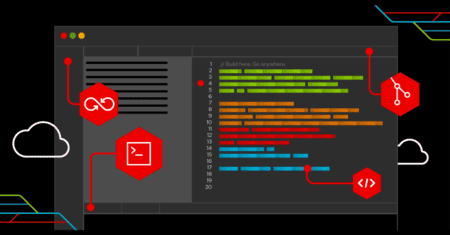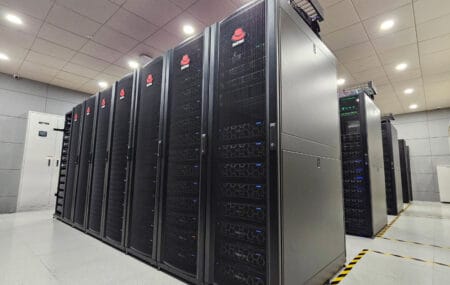The new offerings are end-to-end native Kubernetes features and are available in the Red Hat’s latest release.
Red Hat this week announced new end-to-end Kubernetes-native decision management capabilities. The new capabilities are part of the latest release of Red Hat Process Automation.
The new capabilities are based on the open source Kogito project. They enable customers to create and deploy individual business decisions as containerized microservices. They can then use Kubernetes to manage them alongside other containers in the application environment.
The new approach reduces redundancy and the footprint of traditional decision management systems, according to Red Hat.
What’s new inside Red Hat Process Automation
The new decision management runtimes build on existing capabilities. They incorporate decision modeling tools into development environments like Visual Studio Code (VSCode. This allows developers to use business rules and modeling languages like decision model and notation (DMN) as part of a development project, Red Hat says.
The company has integrated Red Hat Process Automation with Red Hat AMQ and Apache Kafka. Kafka is a distributed data streaming platform that can publish and process streams of records in real time. It aims to handle data streams from multiple sources and deliver them to multiple consumers.
Red Hat Process Automation now includes OptaPlanner 8. This is a lightweight, embeddable planning engine that enables Java programmers to solve optimization problems efficiently. OptaPlanner 8 fully supports Quarkus, and includes new Quarkus-based quickstarts, such as vehicle route planning, employee rostering and vaccination scheduling.
Rich Sharples, Senior Director, Product Management, Red Hat, hailed the release. “Enterprise business and IT leaders are continuing to employ process automation to automate operations, effectively utilize time and resources and make way for new digital innovation,” he said.
“The release of Red Hat Process Automation Manager 7.11 provides users with advanced tools that help them automate complex business decisions and procedures in order to digitally transform their organizations.”


















